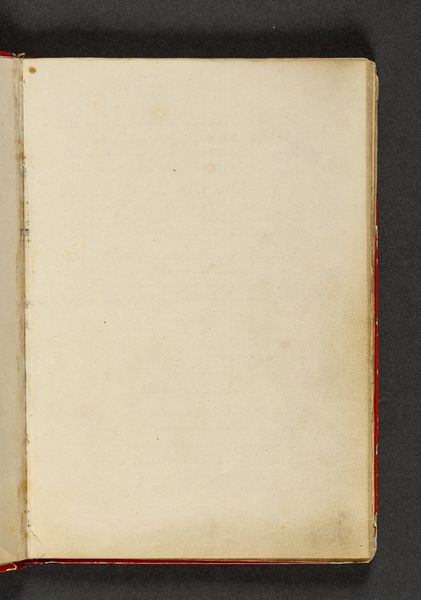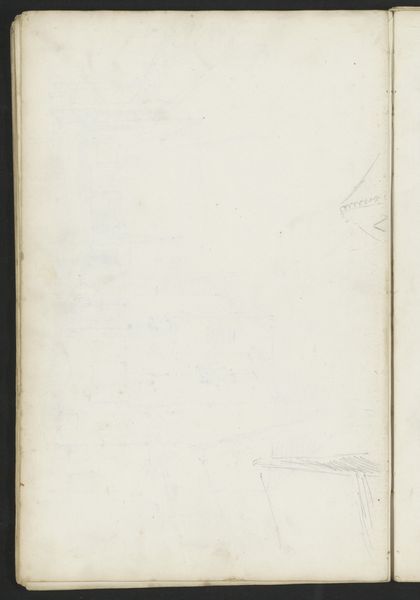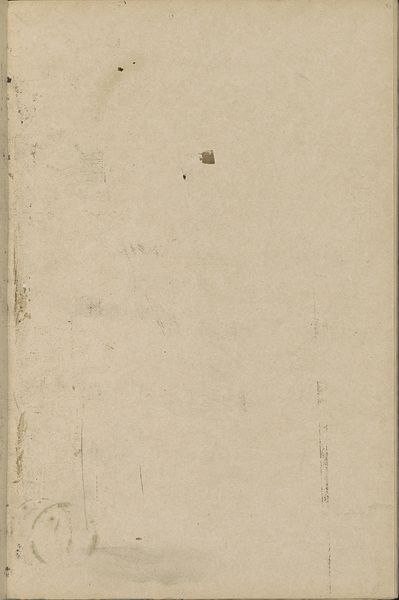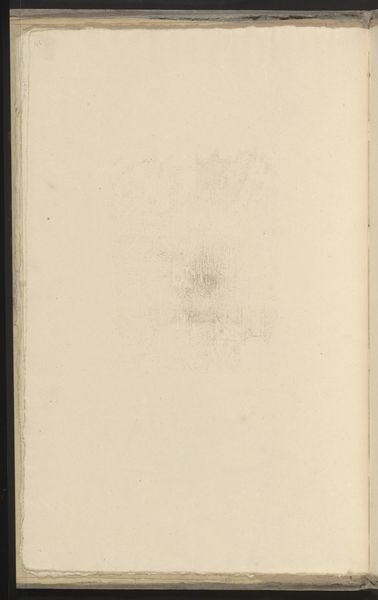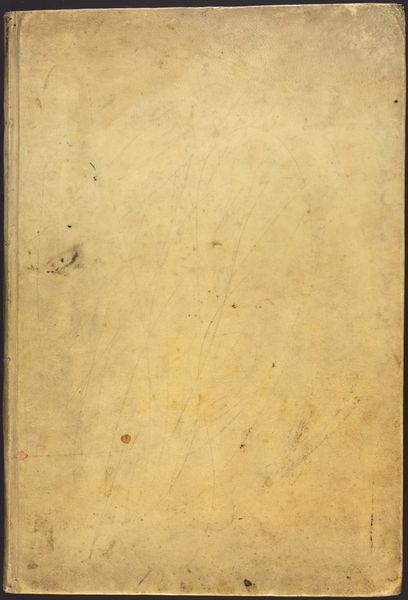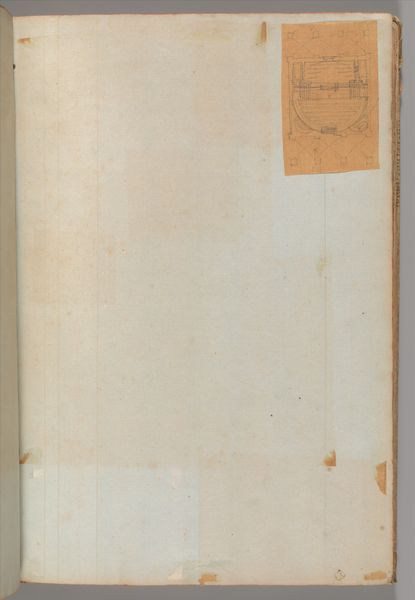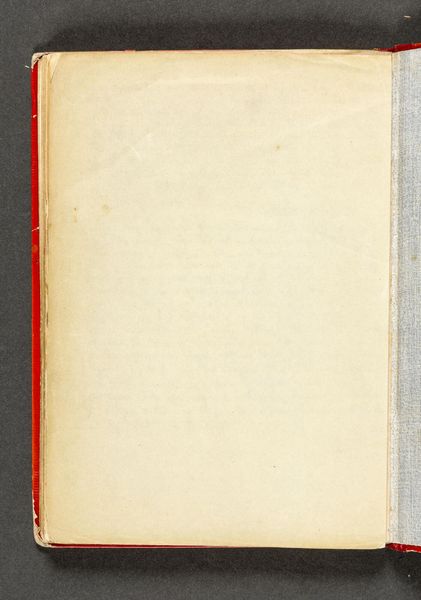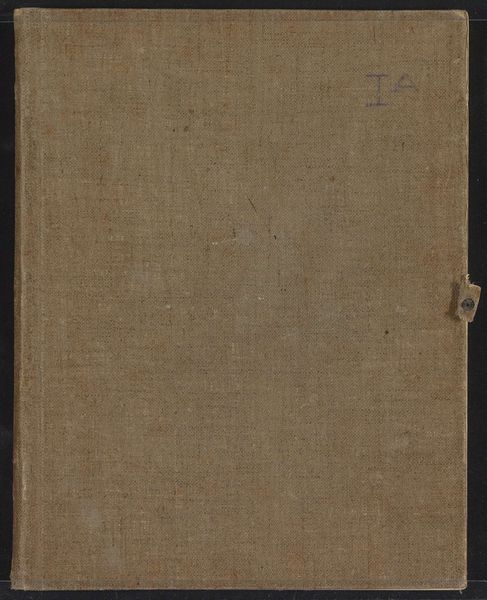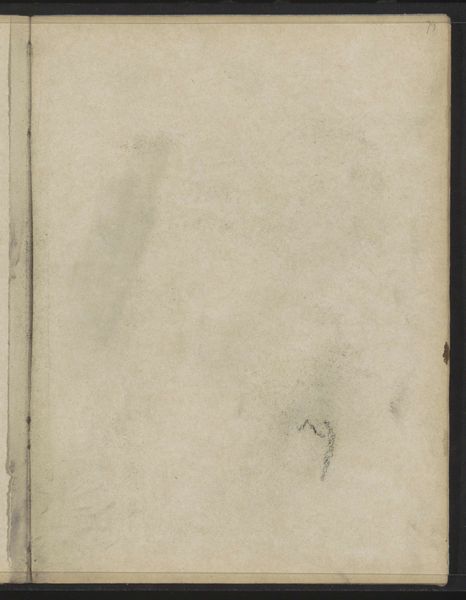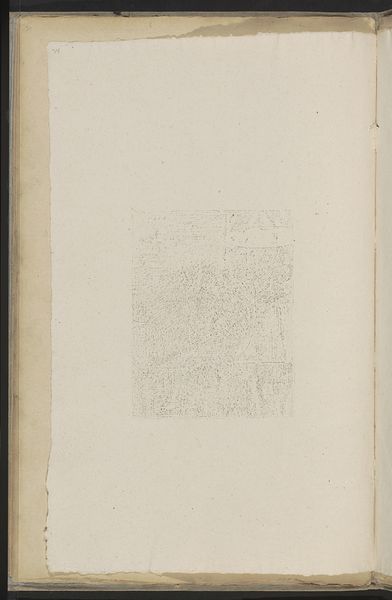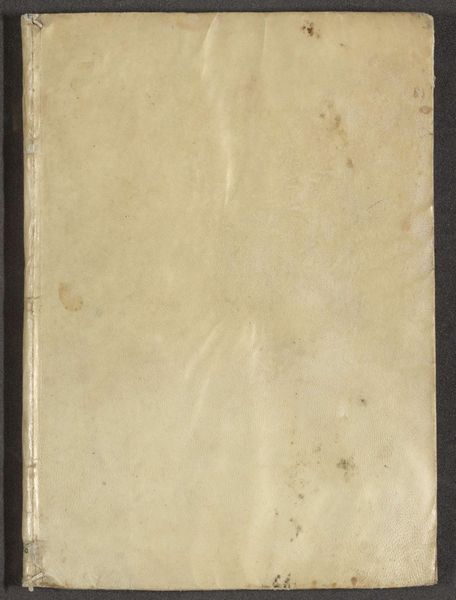
Page from a Scrapbook containing Drawings and Several Prints of Architecture, Interiors, Furniture and Other Objects 1795 - 1805
0:00
0:00
drawing, print, paper
#
drawing
#
neoclacissism
# print
#
paper
#
geometric
#
line
#
history-painting
Dimensions: 15 11/16 x 10 in. (39.8 x 25.4 cm)
Copyright: Public Domain
Editor: Here we have a page from a scrapbook, containing drawings and several prints of architecture, interiors, furniture, and other objects. It’s by Charles Percier, created sometime between 1795 and 1805. What strikes me is its understated quality— it seems less about grand artistic expression and more about…almost an artisan’s workspace. What can you tell me about it? Curator: Precisely! It is the ‘workspace’ you keenly observe and an artifact illustrating a designer’s creative journey. Think about the labor involved in producing drawings, prints and even paper in this era. The drawings hint at the culture of architectural design. What materials and methods were available, and how were they deployed? This is how ideas become tangible, architecture becomes design. Editor: So, you’re saying the value is in seeing the nuts and bolts of the creative process? It shows how knowledge was collected, refined, and circulated? Curator: Exactly. Percier wasn’t just creating pretty pictures; he was participating in a much larger system of production and consumption. How do we think of this image, both precious in that it's behind glass at The Met and available through digital images? The original book as "high art" or something else entirely? Editor: That makes me consider the impact of mass production and accessibility, compared to these unique artifacts. What did having a collection of sketches such as this signify back then? Curator: It signified an understanding of form and an archive that allowed an artisan to make architecture beyond the limitations of their direct observations. Editor: It's like a manual of ideas! Thank you, seeing the labor involved and social network embedded in this scrapbook really transforms how I understand art. Curator: Agreed. Reflecting on the relationship between sketches, material processes and final designs prompts a new appreciation of not only what artifacts communicates, but what forces enabled the artefact.
Comments
No comments
Be the first to comment and join the conversation on the ultimate creative platform.
